They both hop, both croak, and both hang out near ponds, but frogs and toads aren’t quite the same.

If you’ve ever spotted one and wondered which it was, you’re not alone. The differences aren’t always obvious, but they’re there—if you know where to look. Here are 13 small clues that help you tell a frog from a toad without needing a biology degree.
1. Skin texture is your first giveaway.
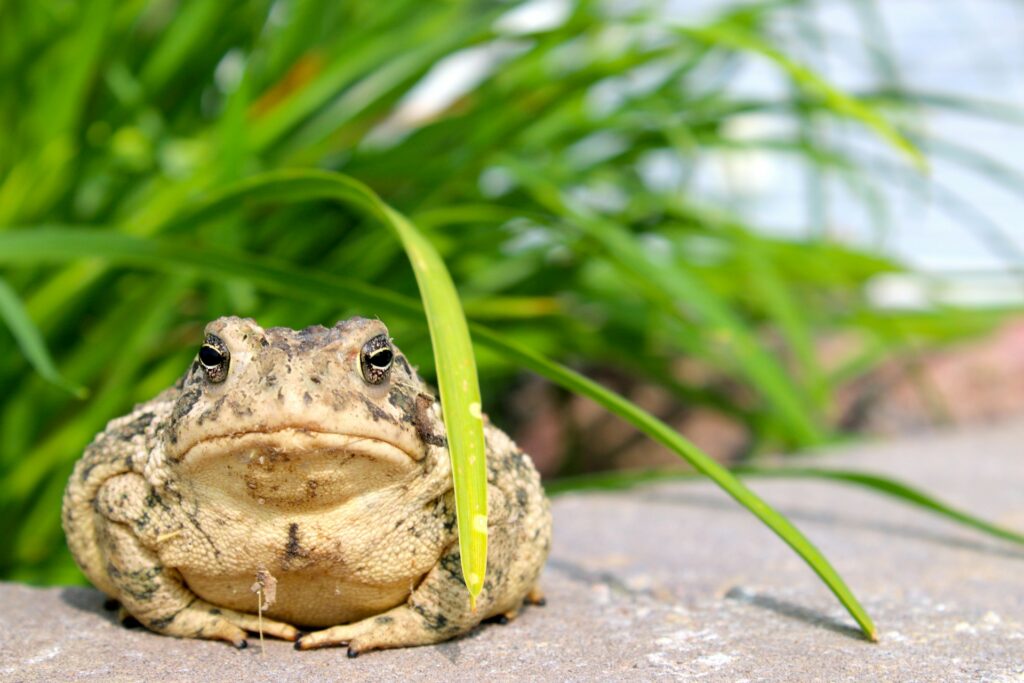
Frogs usually have smooth, moist skin that looks shiny or even a bit slimy. Toads, on the other hand, have dry, rough, and often bumpy skin that looks like it’s been through a lot—because it has. If the little creature in question looks like it just came out of a mud bath with spa-quality hydration, it’s likely a frog. If it looks like it’s been dragged over gravel and baked in the sun a bit, you’re probably looking at a toad.
2. Frogs are usually closer to water.
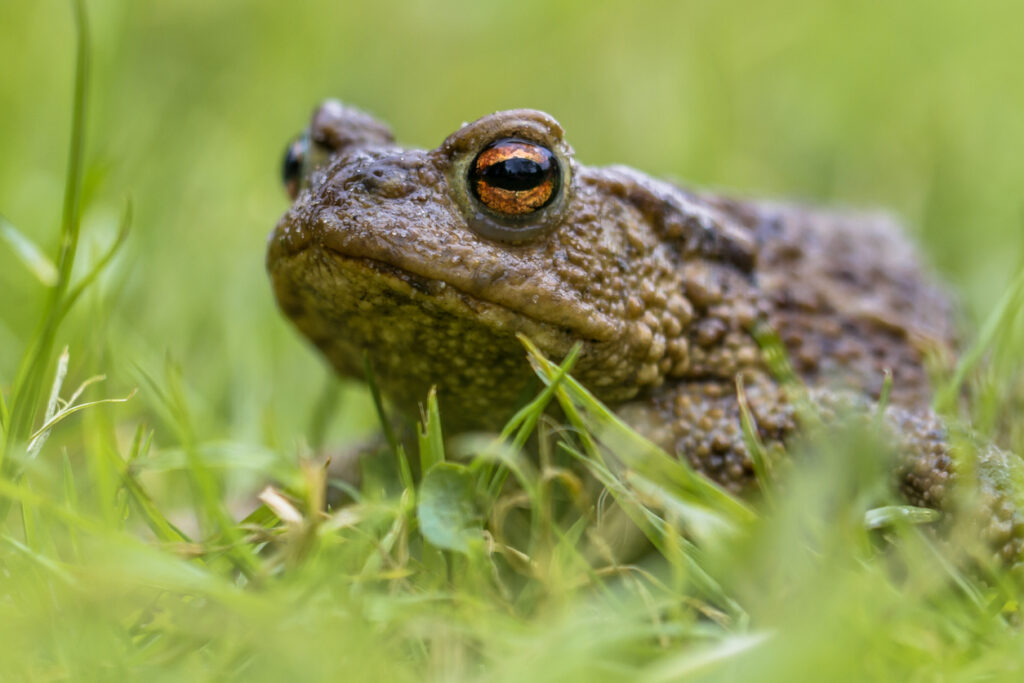
Frogs need water much more than toads do. You’ll typically find them right near ponds, streams, or marshes. Their skin dries out easily, so staying close to moisture is essential. Toads are a bit more rugged. They can often be found further from water, even in dry gardens or under hedges. They still need moisture, but they’re not nearly as reliant on it day-to-day.
3. Toads walk, frogs leap.
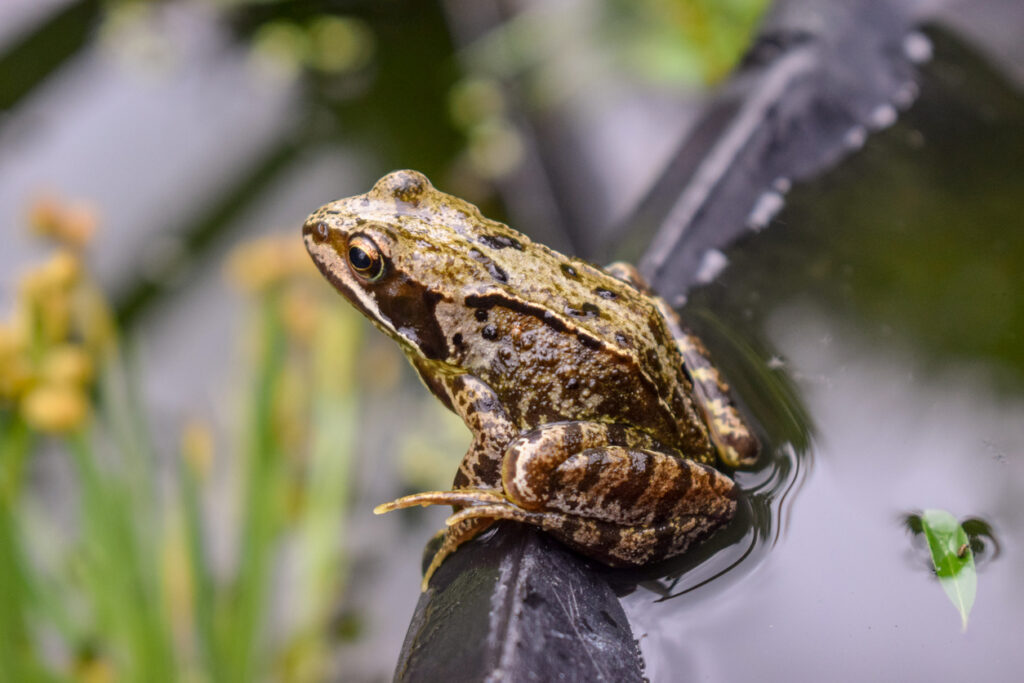
Watch how it moves. Frogs are built like tiny gymnasts—they use their long legs to leap great distances. If it’s hopping like it’s got places to be, it’s probably a frog. Toads, meanwhile, take more of a shuffle-and-hop approach. They walk or do short, awkward hops. Their legs are shorter and stubbier, making them more grounded and less spring-loaded.
4. Their body shapes give clues.

Frogs tend to look sleek and streamlined, with a narrow waist and a more athletic build. They’re built for quick, agile movement and swimming. Toads look squatter and stockier, like the amphibian equivalent of a grumpy uncle in a pub. They’re broader, heavier-looking, and less elegant in posture—but don’t let the bulk fool you, they’re just as capable of escape when needed.
5. Look at the legs—length matters.
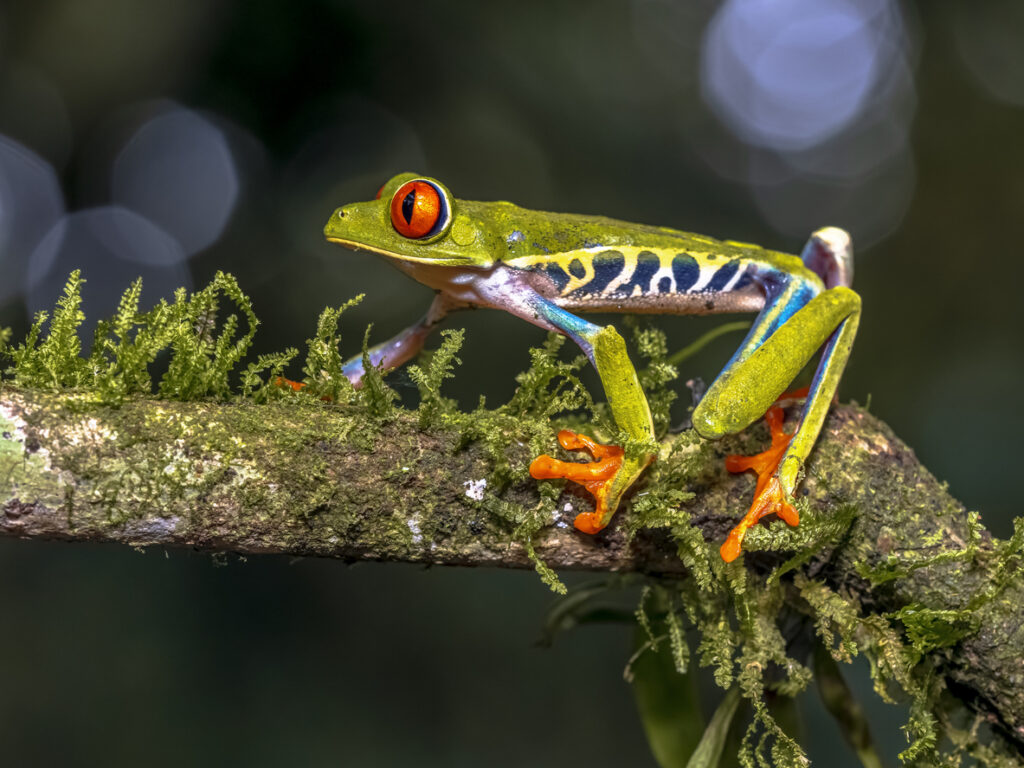
Frogs have long, powerful back legs that fold up neatly and are perfect for jumping and swimming. Their legs are usually longer than their body, which gives them their famous leap. Toads have much shorter legs in comparison. That’s why they don’t leap nearly as far. Their build is more about steady movement than sudden escape.
6. Check the parotoid glands behind the eyes.
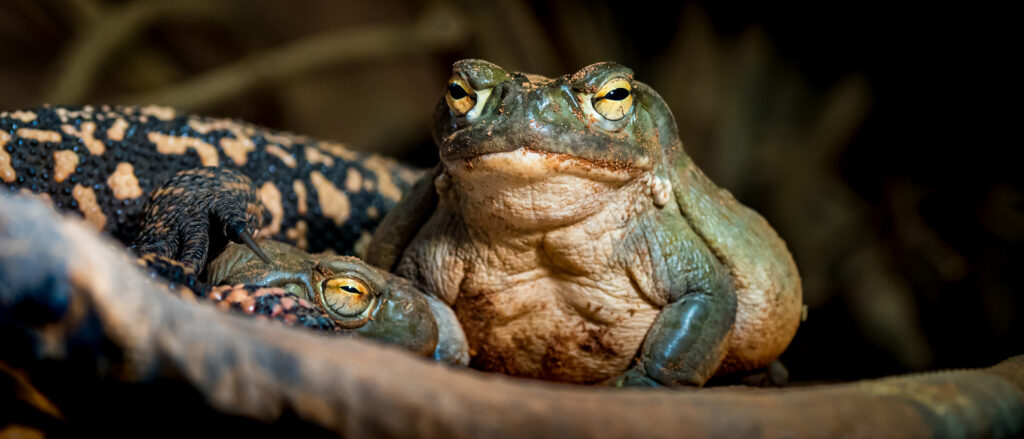
Toads usually have noticeable bumps behind their eyes called parotoid glands. These produce a mild toxin to deter predators, and they’re a strong visual marker if you’re unsure. Frogs don’t have these bulging glands. If the area behind the eyes looks flat or smooth, that leans frog. If it looks like they’ve got small shoulder pads or swollen pockets, that’s toad territory.
7. Frog eyes are typically bigger and bolder.
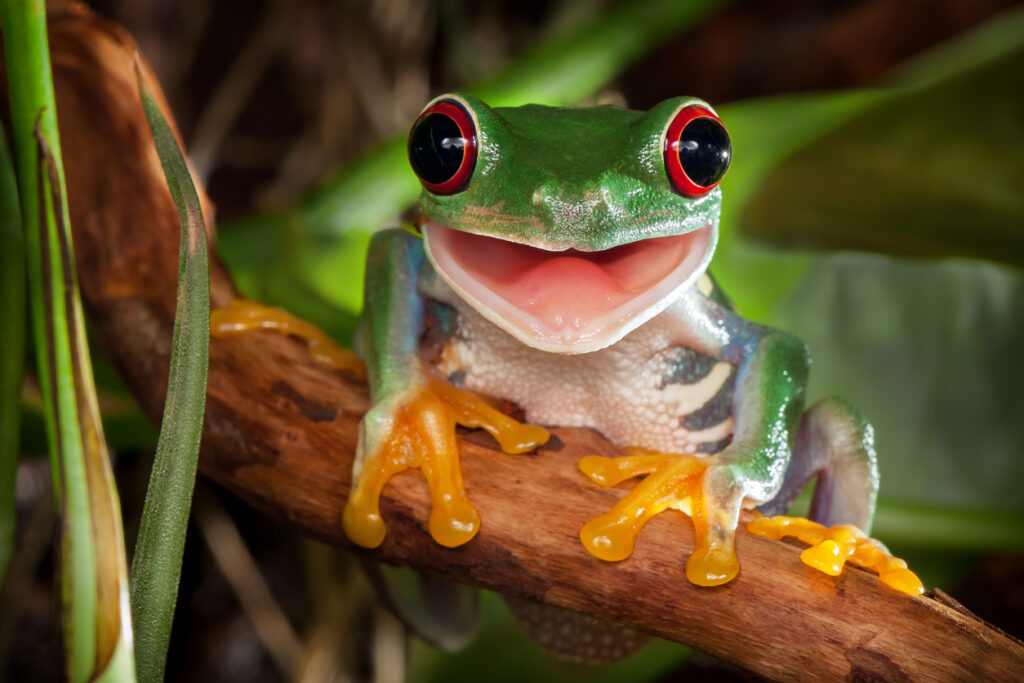
Frogs often have large, protruding eyes that sit more on top of the head and give them a wide field of vision. They look alert—sometimes a little cartoonishly expressive. Toads have smaller, more subtly placed eyes that sit lower on the head. They tend to look sleepier or more grounded, and their gaze doesn’t feel quite as dramatic.
8. Frogs feel cool and damp to the touch.
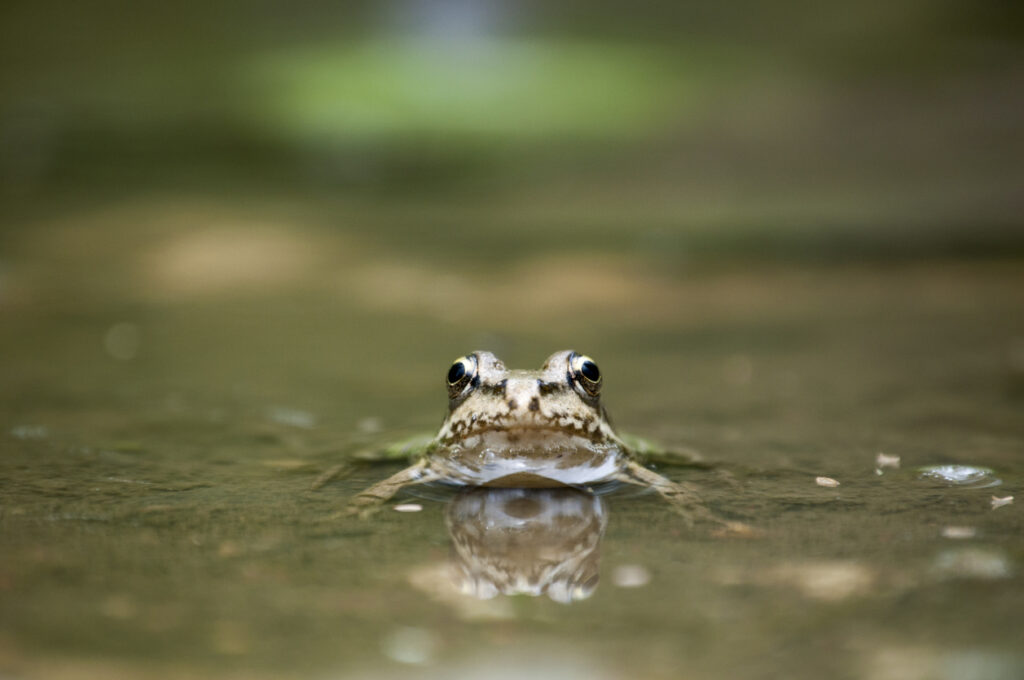
If you’re handling one gently (with clean, wet hands), frogs will almost always feel cold and slick. Their skin excretes mucus to stay moist, which is vital for their breathing and survival. Toads feel dry, bumpy, and more textured. They’re not rough in a painful way—but they definitely don’t have that same slippery, just-ran-through-a-marsh texture that frogs carry.
9. Frogs croak with more musical range.
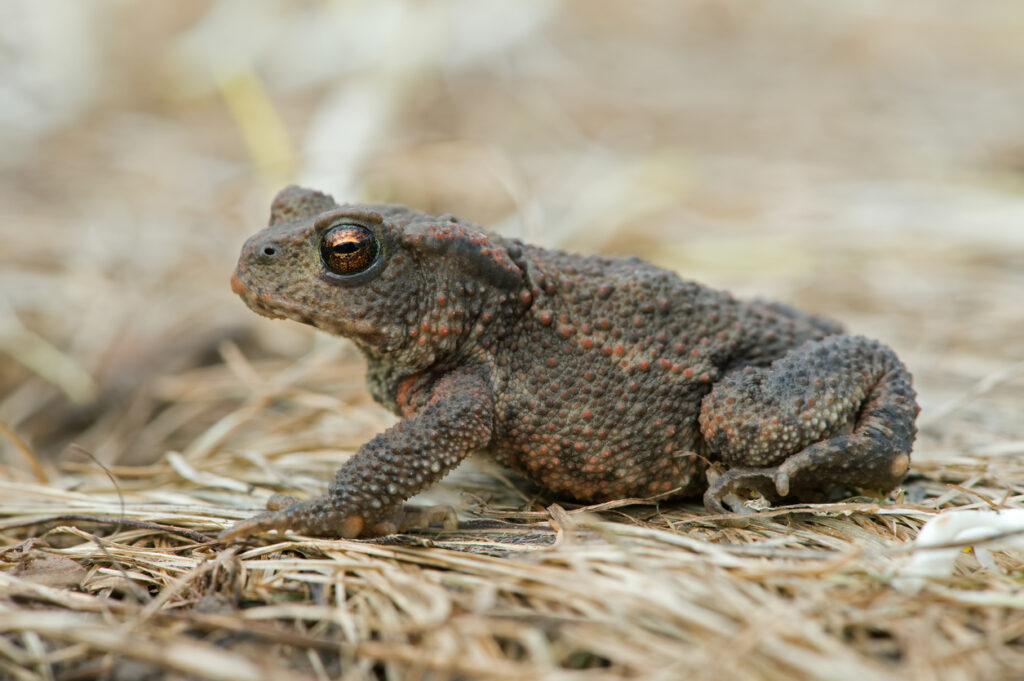
Frog calls can be melodic, trilling, or even bird-like. In springtime, some frog species create full-on symphonies around ponds as they call for mates. Toads also call, but their sounds are generally more raspy or monotone. Think of frogs as the lead singers and toads as the backup vocals—they’re still important, just less likely to hit the high notes.
10. Frogs usually lay eggs in clusters.
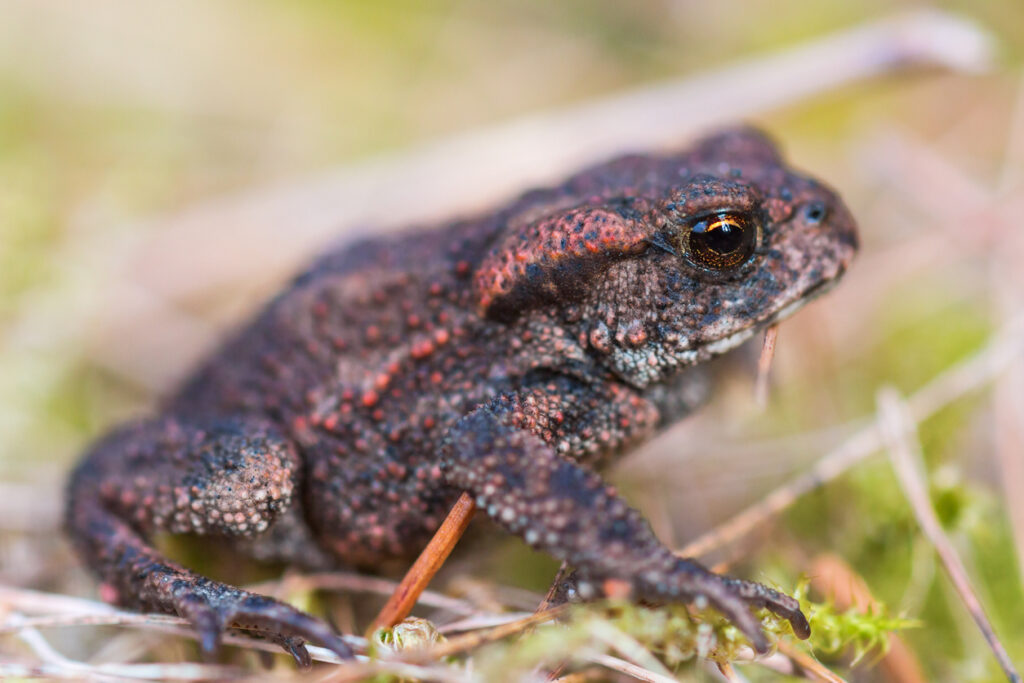
If you spot eggs and want to know who left them, look at the shape. Frogs typically lay their eggs in large, jelly-like clumps that float near the water’s surface. Toads tend to lay their eggs in long, stringy chains, often wrapped around vegetation. It’s a subtle difference, but one that’s surprisingly consistent across most species.
11. Toads are generally more tolerant of dry environments.
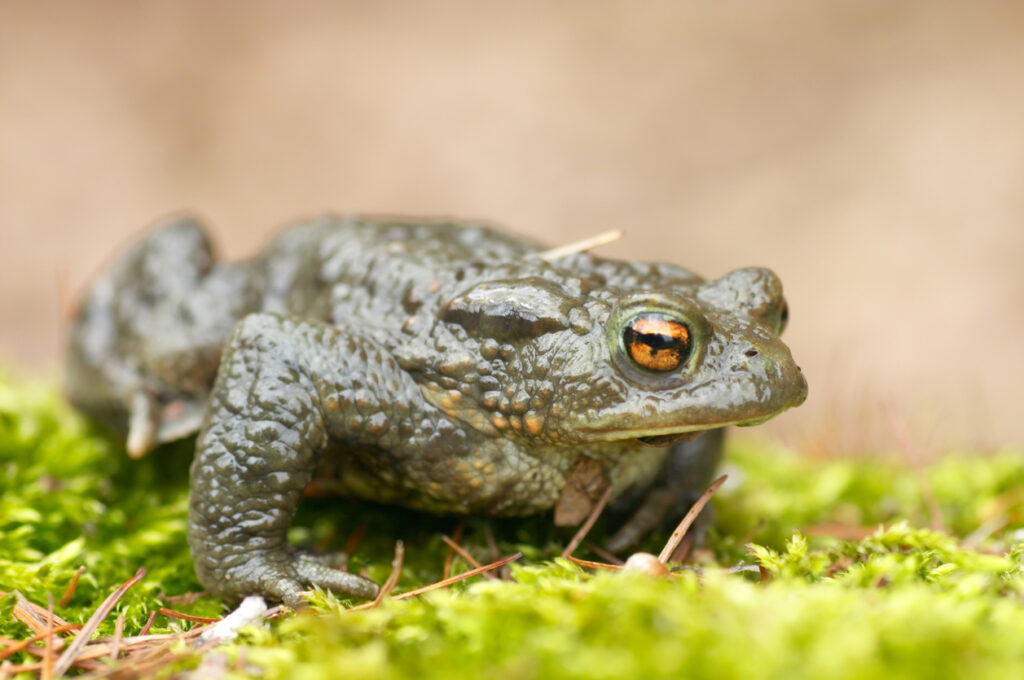
Toads can handle drier conditions and are more likely to show up in places that don’t have a visible water source. They can burrow underground to stay cool and are known to survive in surprisingly arid areas. Frogs are much more delicate when it comes to humidity. Without a nearby water source, their skin can dry out quickly. If you see one far from moisture, odds are it’s a toad toughing it out.
12. Toads tend to be less slippery escape artists.
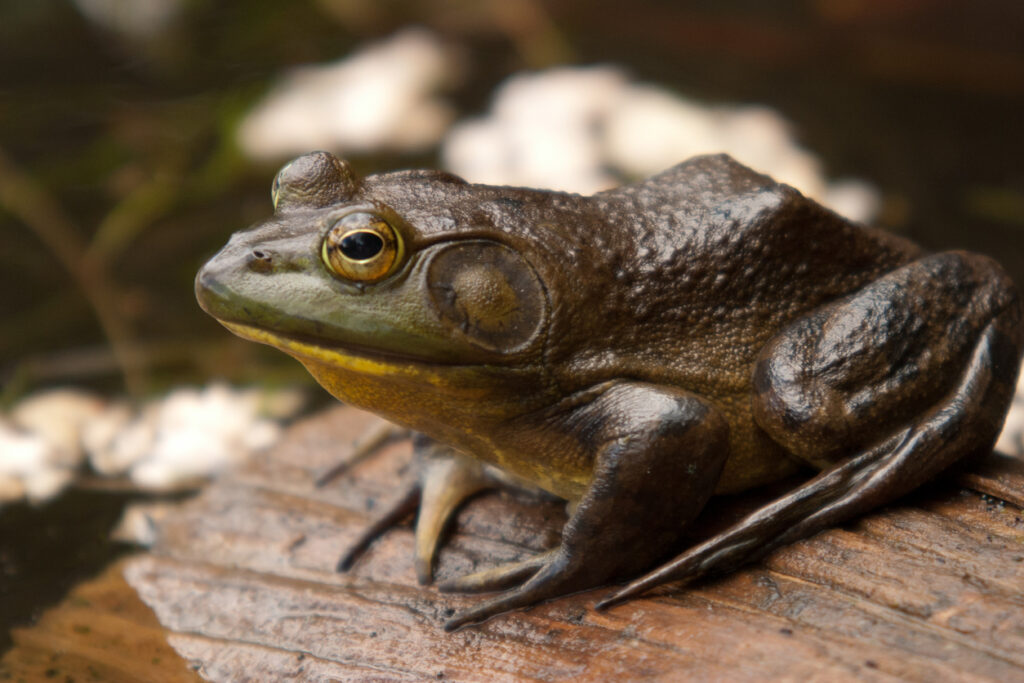
Because of their dry skin and more solid build, toads are easier to gently hold without them sliding through your hands like a bar of soap. They also don’t panic-jump nearly as much as frogs do. Frogs, by contrast, are squirmy little escape artists. Their moist skin and long legs make them hard to hang onto, and they often lurch from your hand the moment they spot an opening.
13. Toads are more common in gardens.
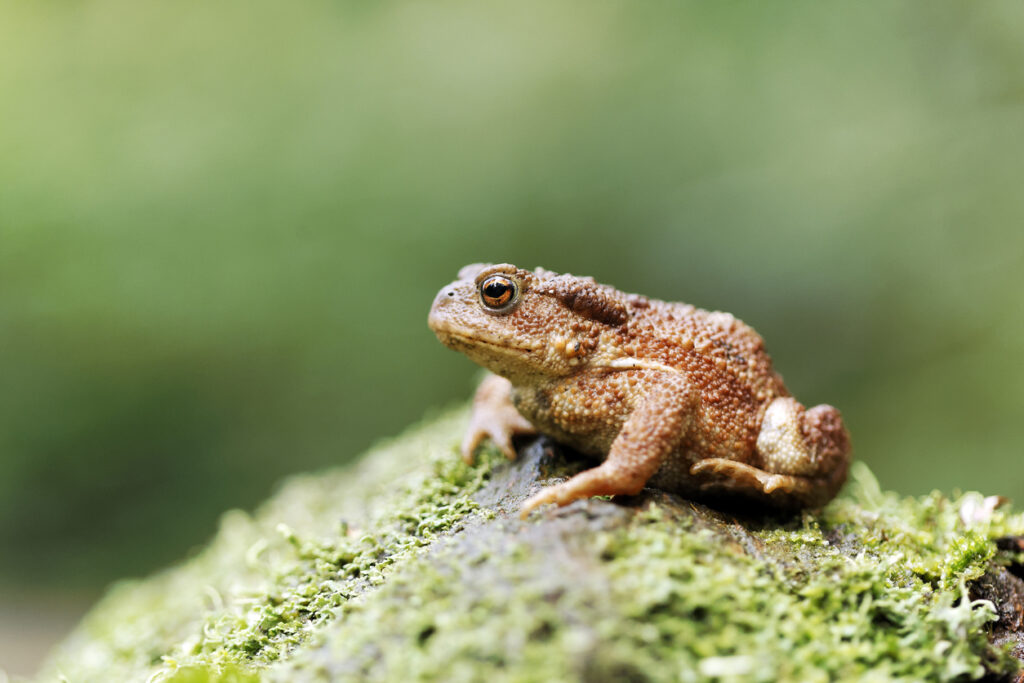
If you find a little amphibian hopping through your flower bed or hiding under a plant pot, it’s most likely a toad. Their ability to live away from constant water makes them common garden residents. Frogs might venture into gardens after rain, but they don’t tend to settle unless there’s a pond nearby. Toads, with their hardy build and insect-hunting skills, make themselves right at home in even modest backyards.
14. Frogs are stronger swimmers.
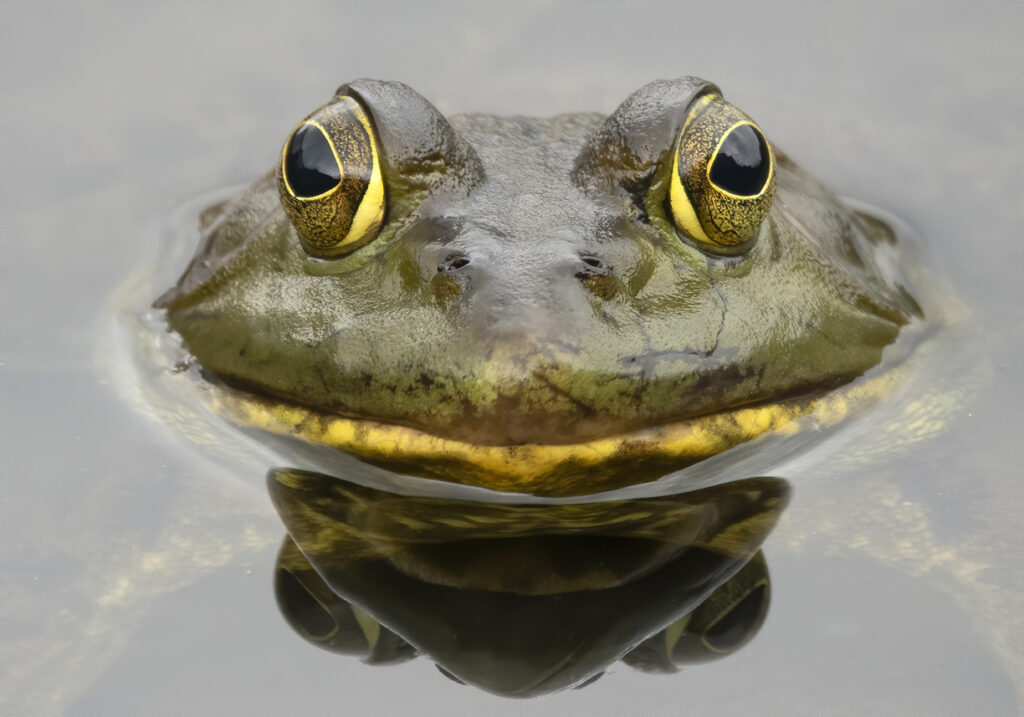
Because of their long, webbed hind feet and streamlined bodies, frogs are much more efficient in water. They swim with powerful kicks and can stay underwater for longer periods, making ponds and lakes their comfort zone. Toads can swim if they need to, but they’re not built for it. Their short legs and chunkier shape mean they tire quickly in the water. If you see one paddling clumsily like it’s regretting its choices, chances are it’s a toad.
15. Their young can look different too.

Frog tadpoles are generally sleeker and more agile, with longer tails and slimmer bodies suited to swimming in active water. They’re fast, nimble, and often seen darting around in little swarms. Toad tadpoles tend to be rounder, darker, and less mobile. They often gather in tight clusters and stick to calmer, shallower areas. The difference isn’t massive, but once you’ve seen both, it becomes easier to tell them apart, even before they grow legs.